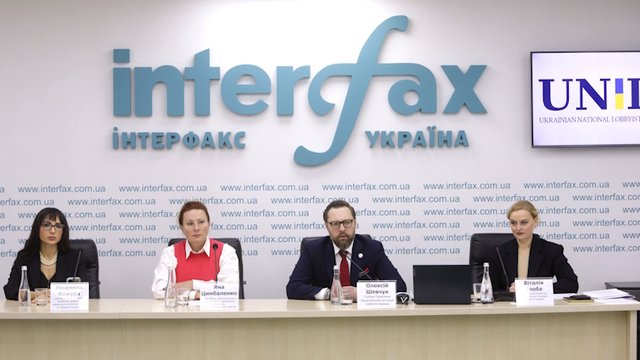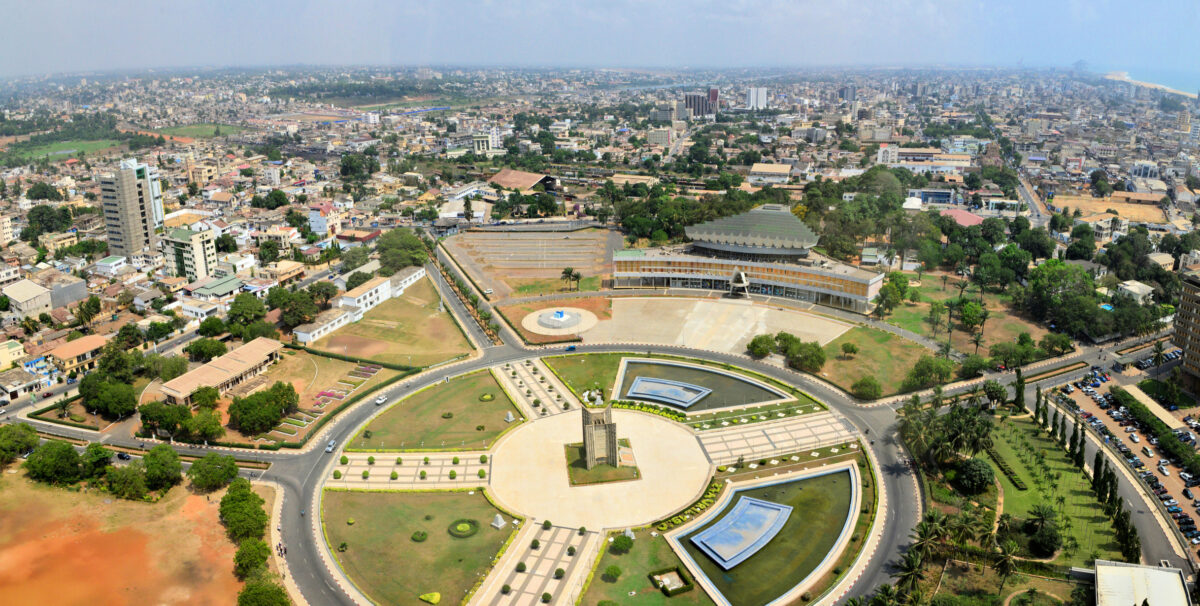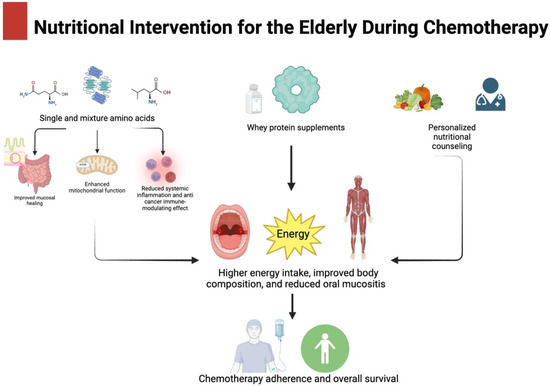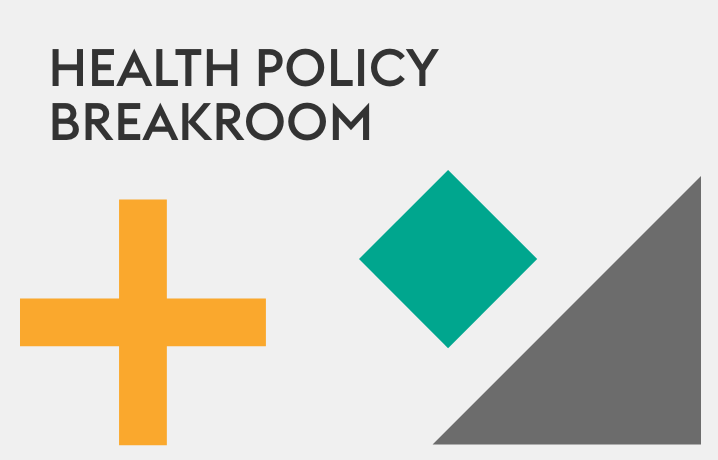The renewable energy revolution is a feat of technology | Rebecca Solnit – The Guardian

Report on the Renewable Energy Transition and its Alignment with Sustainable Development Goals
1.0 Introduction
An energy revolution is underway, characterized by rapid technological progress and decreasing costs in the renewable energy sector. This transition from a fossil fuel-based economy to one powered by renewables is fundamental to achieving numerous Sustainable Development Goals (SDGs). This report analyzes the current state of the energy transition, highlighting its profound implications for achieving SDG 7 (Affordable and Clean Energy), SDG 13 (Climate Action), and a range of interconnected global goals. The analysis confirms that the transition is not only feasible but essential for a sustainable and equitable future.
2.0 The Imperative for Energy System Transformation
2.1 From Consumption Austerity to Systemic Change
Early climate activism often focused on minimizing consumption, based on the assumption that viable alternatives to fossil fuels were lacking. This narrative inadvertently suggested that climate action required an era of austerity. However, the paradigm has shifted. The core strategy is now a collective, systemic transition to an electrified world powered by renewable sources. This approach directly addresses the root cause of the climate crisis and aligns with SDG 12 (Responsible Consumption and Production) by redesigning energy production systems for sustainability.
2.2 The Inefficiency and Detriment of Fossil Fuels
The legacy fossil fuel system is fundamentally inefficient and harmful, impeding progress on multiple SDGs. Its primary weaknesses include:
- Systemic Waste: According to analysis by the Rocky Mountain Institute, the global energy system in 2019 operated at only 37% overall efficiency. Approximately 63% of primary energy was lost during production, transportation, and final use.
- Logistical Inefficiency: A significant portion of global shipping, estimated at around 40%, is dedicated solely to transporting fossil fuels, consuming vast amounts of energy to move energy.
- Negative Externalities: The extraction, transport, and combustion of fossil fuels are toxic to human health (conflicting with SDG 3) and the environment, and a primary driver of the climate chaos that undermines SDG 13.
3.0 Renewable Energy’s Contribution to the 2030 Agenda
3.1 Advancing SDG 7 (Affordable and Clean Energy)
The transition to renewables is making clean energy increasingly affordable and accessible. This progress is a direct result of innovation and scale, key components of SDG 9 (Industry, Innovation, and Infrastructure).
- Cost Reduction: Solar power is now the most inexpensive method for producing new electricity in most of the world. The price of electricity from solar photovoltaics declined by 89% between 2009 and 2019.
- Energy Independence: Unlike geographically concentrated fossil fuels, solar and wind resources are widely distributed. This allows for the development of local and autonomous energy systems, which can promote energy independence and resilience.
- Energy Democracy: The shift can empower communities by enabling cooperative and local energy systems, undermining the control of predatory utility companies and advancing principles of energy justice. This directly supports SDG 10 (Reduced Inequalities).
3.2 Accelerating SDG 13 (Climate Action)
The core of the climate crisis is the burning of fossil fuels. A rapid and comprehensive transition to renewable energy is the most critical strategy for achieving SDG 13. While the transition is underway, its pace must be accelerated to meet global climate targets and limit catastrophic environmental damage. The viability and falling costs of renewables demonstrate that a pathway to a stabilized climate is available.
3.3 Supporting Interconnected Development Goals
The benefits of the energy transition extend across the SDG framework:
- SDG 3 (Good Health and Well-being): Phasing out fossil fuels eliminates a major source of air and water pollution, leading to significant improvements in public health.
- SDG 11 (Sustainable Cities and Communities): Clean energy powers sustainable urban design, including public transit and green buildings.
- SDG 16 (Peace, Justice, and Strong Institutions): By reducing dependency on a few producer nations, a distributed renewable energy system can mitigate the corrosive geopolitics associated with fossil fuels and promote global stability.
4.0 Addressing Challenges in the Energy Transition
4.1 Material Sourcing and the Circular Economy
Concerns regarding the extraction of materials for batteries are valid but must be contextualized. The renewable energy sector offers solutions that align with SDG 12.
- Innovation in Materials: Research is actively pursuing battery technologies that utilize more common and widely distributed materials, reducing reliance on rare minerals.
- Recyclability: Unlike fossil fuels, which are consumed, battery materials are largely recyclable. Establishing a circular economy for these materials can drastically reduce the need for new extraction over time.
- Scale of Extraction: The volume of materials required for the renewable transition is dwarfed by the monumental and continuous extraction required to sustain the fossil fuel economy.
4.2 Overcoming Policy and Investment Barriers
The primary obstacles to an accelerated transition are not technological but political and financial. The transition is actively undermined by fossil fuel corporations and states. Overcoming this requires decisive government action to create a supportive policy environment and redirect investment toward clean energy infrastructure, thereby strengthening the institutional framework required by SDG 16.
5.0 Conclusion and Recommendations
The renewable energy revolution offers a powerful, viable, and economically advantageous solution to the climate crisis and a pathway toward achieving the Sustainable Development Goals. It promises not only clean energy but also a more just, healthy, and equitable world. To realize this potential, the transition must be pursued with greater speed and commitment.
Recommendations:
- Governments must implement robust policies to accelerate the phase-out of fossil fuels and incentivize investment in renewable energy and electrification, directly targeting SDG 7 and SDG 13.
- Public and private investment must be scaled up to build out renewable generation capacity and modernise transmission infrastructure, in line with SDG 9.
- Support for research and development in energy storage and material recycling should be prioritized to ensure the long-term sustainability of the new energy system, advancing SDG 12.
- Promote models of energy democracy, including community-owned cooperatives and local energy systems, to ensure the benefits of the transition are shared equitably, contributing to SDG 10.
Analysis of Sustainable Development Goals in the Article
1. Which SDGs are addressed or connected to the issues highlighted in the article?
- SDG 7: Affordable and Clean Energy – This is the central theme of the article, which extensively discusses the “renewable energy revolution,” the progress in solar and wind power, the falling costs of clean technology, and the transition away from fossil fuels.
- SDG 13: Climate Action – The article frames the transition to renewable energy as the primary solution to “saving the planet” and combating “climate change.” It explicitly states that the majority of climate change comes from burning fossil fuels and the goal is to “stabilize the climate.”
- SDG 12: Responsible Consumption and Production – The article highlights the inefficiency and wastefulness of the fossil fuel system. It also advocates for changes in consumption patterns, such as reducing “beef consumption and food waste,” and getting rid of “fast fashion, excessive use of plastic, and other wasteful climate-harming forms of consumption.” The recyclability of batteries is also mentioned as a key advantage over the incessant consumption of fossil fuels.
- SDG 9: Industry, Innovation, and Infrastructure – The text celebrates the technological progress that has made renewables viable (“astonishing and unbelievable that we have achieved so much progress in so little time”). It discusses investment in new energy systems, the need to build new infrastructure like transmission lines, and the overall transformation of the energy industry.
- SDG 11: Sustainable Cities and Communities – The article briefly mentions “better urban design and better public transit” as important complementary actions to the energy transition, directly linking to the goal of creating sustainable urban environments.
2. What specific targets under those SDGs can be identified based on the article’s content?
-
SDG 7: Affordable and Clean Energy
- Target 7.2: By 2030, increase substantially the share of renewable energy in the global energy mix. The article is a strong call to action for this target, describing the transition to renewables as “underway” and “unstoppable” and noting that “solar generation has risen twelvefold” in the last decade.
- Target 7.3: By 2030, double the global rate of improvement in energy efficiency. The article directly addresses this by contrasting the inefficiency of the fossil fuel system, which is “only 37% efficient overall,” with the new system where “the deep force of efficiency has reduced energy demand by a fifth.”
- Target 7.a: By 2030, enhance international cooperation to facilitate access to clean energy research and technology… and promote investment in energy infrastructure and clean energy technology. The article highlights that “investment is up nearly tenfold” and that “solar power is now the cheapest way to produce electricity in most of the world,” which is a direct result of investment and technology development.
-
SDG 13: Climate Action
- Target 13.2: Integrate climate change measures into national policies, strategies and planning. The article implicitly calls for this by criticizing that the transition is “not nearly supported enough by most governments around the world” and was “actively undermined by the Trump administration,” highlighting the need for supportive government policies.
-
SDG 12: Responsible Consumption and Production
- Target 12.2: By 2030, achieve the sustainable management and efficient use of natural resources. The article contrasts the “wasteful and poisonous way” of the fossil fuel system with the efficiency of renewables and the fact that battery materials are “largely recyclable” and can be reused, thus winding down extraction.
- Target 12.5: By 2030, substantially reduce waste generation through prevention, reduction, recycling and reuse. This is directly referenced when the article mentions the importance of reducing “food waste” and getting rid of “fast fashion, excessive use of plastic.”
- Target 12.8: By 2030, ensure that people everywhere have the relevant information and awareness for sustainable development. The author’s concluding point is that “Making it more visible would make more people more enthused about it as a solution,” which aligns with this target of raising public awareness.
-
SDG 9: Industry, Innovation, and Infrastructure
- Target 9.4: By 2030, upgrade infrastructure and retrofit industries to make them sustainable… with greater adoption of clean and environmentally sound technologies. The entire article is about this process, describing the “energy transition to renewables and an electrified world” which requires “building new systems” and infrastructure.
-
SDG 11: Sustainable Cities and Communities
- Target 11.2: By 2030, provide access to safe, affordable, accessible and sustainable transport systems for all. The article explicitly supports this by stating that “better public transit” is a great and important action.
3. Are there any indicators mentioned or implied in the article that can be used to measure progress towards the identified targets?
-
Indicators for SDG 7
- Cost of energy: The article provides specific data points, stating that “clean-tech costs have fallen by up to 80%” and “The price of electricity from solar declined by 89% between 2009 and 2019.” This can be used to measure progress towards affordable clean energy (Target 7.a).
- Investment in renewables: The article states that “investment is up nearly tenfold,” providing a clear metric for tracking financial flows towards clean energy (Target 7.a).
- Renewable energy generation: The article notes that “solar generation has risen twelvefold,” which is a direct indicator of the increasing share of renewable energy (Target 7.2).
- Energy efficiency: The article provides a baseline for the inefficiency of the old system (“only 37% efficient overall”) and notes that efficiency improvements have “reduced energy demand by a fifth,” which are direct measures of progress (Target 7.3).
-
Indicators for SDG 12
- Waste reduction: While not providing numbers, the article implies indicators by calling for the reduction of “food waste” and “excessive use of plastic” (Target 12.5).
- Material recycling: The statement that batteries are “largely recyclable” implies that recycling rates for these materials are a key indicator of sustainable management (Target 12.5).
Summary Table of SDGs, Targets, and Indicators
| SDGs | Targets | Indicators |
|---|---|---|
| SDG 7: Affordable and Clean Energy |
7.2: Increase share of renewable energy.
7.3: Improve energy efficiency. 7.a: Promote investment and access to clean energy technology. |
– Increase in solar generation (“risen twelvefold”). – Reduction in energy demand due to efficiency (“reduced energy demand by a fifth”). – Decrease in cost of clean technology (“fallen by up to 80%”). – Decrease in price of solar electricity (“declined by 89% between 2009 and 2019”). – Increase in investment (“up nearly tenfold”). |
| SDG 13: Climate Action | 13.2: Integrate climate change measures into national policies. | – (Implied) Level of government support and policy integration for the renewable energy transition. |
| SDG 12: Responsible Consumption and Production |
12.2: Achieve sustainable management and efficient use of natural resources.
12.5: Substantially reduce waste generation. 12.8: Promote awareness for sustainable lifestyles. |
– (Implied) Reduction in food waste and plastic use. – (Implied) Recycling rate of battery materials. – (Implied) Level of public awareness and enthusiasm for the energy transition. |
| SDG 9: Industry, Innovation, and Infrastructure | 9.4: Upgrade infrastructure and industries for sustainability. | – (Implied) Rate of transition from fossil fuel infrastructure to renewable energy systems. |
| SDG 11: Sustainable Cities and Communities | 11.2: Provide access to sustainable transport systems. | – (Implied) Investment in and availability of “better public transit.” |
Source: theguardian.com

What is Your Reaction?
 Like
0
Like
0
 Dislike
0
Dislike
0
 Love
0
Love
0
 Funny
0
Funny
0
 Angry
0
Angry
0
 Sad
0
Sad
0
 Wow
0
Wow
0










































































